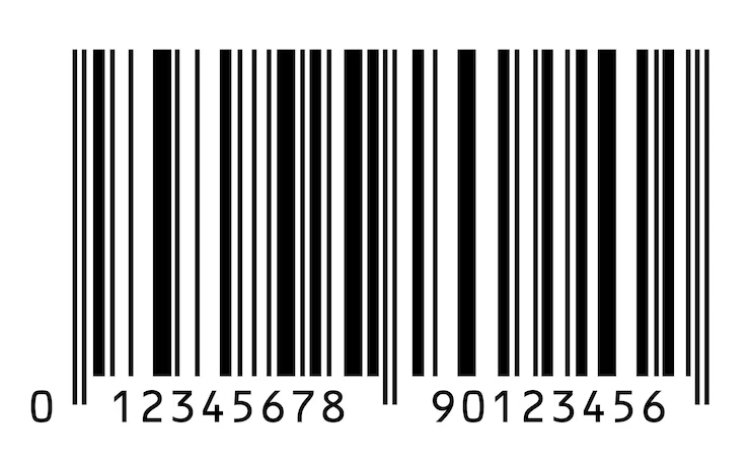Barcode Number Search vs. Manual Product Verification: Which is Better?
Which is more efficient? Compare speed, accuracy, and reliability. Discover the best method for inventory, retail, or personal use.
Share this Post to earn Money ( Upto ₹100 per 1000 Views )

In today’s fast-paced supply chain environment, accurate product verification is more crucial than ever. Whether you’re managing a warehouse, running a retail store, or operating in manufacturing, ensuring the right product reaches the right place at the right time is key to customer satisfaction and regulatory compliance.
Traditionally, manual product verification—involving paper records, human checks, and visual inspection—was the norm. But with technological advances, barcode number search has revolutionised how businesses identify, track, and verify items with unmatched speed and precision.
In this article, we’ll compare barcode number search vs. manual product verification and explore which method truly stands out in terms of efficiency, accuracy, and scalability.
What is Barcode Number Search?
Barcode number search is a digital method of identifying and verifying a product by scanning its barcode, typically a GS1 standard, using a scanner, smartphone, or software application. Each barcode encodes a unique number (e.g., GTIN), which can be instantly cross-checked against a database or DataKart - the national product data repository, to fetch relevant product details.
Here’s how barcode number search works in real-time:
- A scanner or mobile device reads the barcode.
- Upon getting scanned, barcodes will reflect the unique product identification number encoded in them, often termed as a GTIN/EAN (Global Trade Item Number/European Article Number).
- The product’s unique identity, batch number, expiration date, and even origin can be instantly checked and verified through this process.
Common tools and platforms that are used in the process:
- GS1 India’s DataKart for storing, sharing, and uploading standardised product information
- POS systems in retail
- Applications like the Smart Consumer app enable accurate and detailed product data accessibility by consumers
This method is fast, reliable, and scalable—ideal for businesses managing large volumes of SKUs.
Manual Product Verification: An Overview
Manual product verification involves physically checking product information such as SKU codes, descriptions, expiry dates, or packaging details against paper records, Excel sheets, or the product’s packaging.
This method is still used by:
- Small businesses with low inventory turnover
- Legacy systems without digital integration
- Remote operations where barcode scanning isn’t feasible
- Consumers
However, manual checks are:
- Time-consuming: Every item has to be individually reviewed
- Labour-intensive: Requires staff to verify SKUs and batch data
- Prone to error: Misreading a digit or skipping a check can cause serious issues
As supply chains grow more complex, manual verification will become increasingly unsustainable.
Key Comparison: Barcode Number Search vs. Manual Verification
Speed and Efficiency
- Barcode number search provides instant access to product information, reducing time spent on each verification task.
- Manual methods require several steps per item—reading, cross-checking, and recording—making them inefficient for large-scale operations.
Accuracy and Error Rate
- Human errors, such as mistyped codes or skipped entries, are common in manual systems.
- Barcode scanning minimises mistakes by automating data entry and retrieval.
Scalability
- Barcode systems easily manage thousands of products across multiple warehouses or stores.
- Manual verification struggles with high SKU counts, leading to bottlenecks during peak seasons.
Cost Implications
- Barcode systems involve initial setup costs—scanners, software, and training.
- But over time, businesses save significantly on labour costs, reduce returns, and improve operational efficiency.
- Manual verification may seem low-cost initially, but it becomes expensive due to slower processes and frequent errors.
Real-time Tracking and Integration
- Barcode number search integrates seamlessly with ERP, POS, and inventory systems, enabling real-time updates and decision-making.
- Manual methods are disconnected, lack central data flow, and can delay insights and reporting.
Conclusion
When comparing barcode number search to automatic vs. manual product verification, the advantages of scanning barcodes are clear:
- Faster and more accurate
- Scalable and cost-effective
- Easily integrated with other business systems
- Supportive of real-time tracking and automation
For businesses aiming to improve productivity, traceability, and compliance, barcode number search is the smarter long-term solution. While manual verification may still serve limited purposes, its role is diminishing in a world driven by data and speed.
Adopting barcode number search is not just about efficiency—it's about future-proofing your operations.














